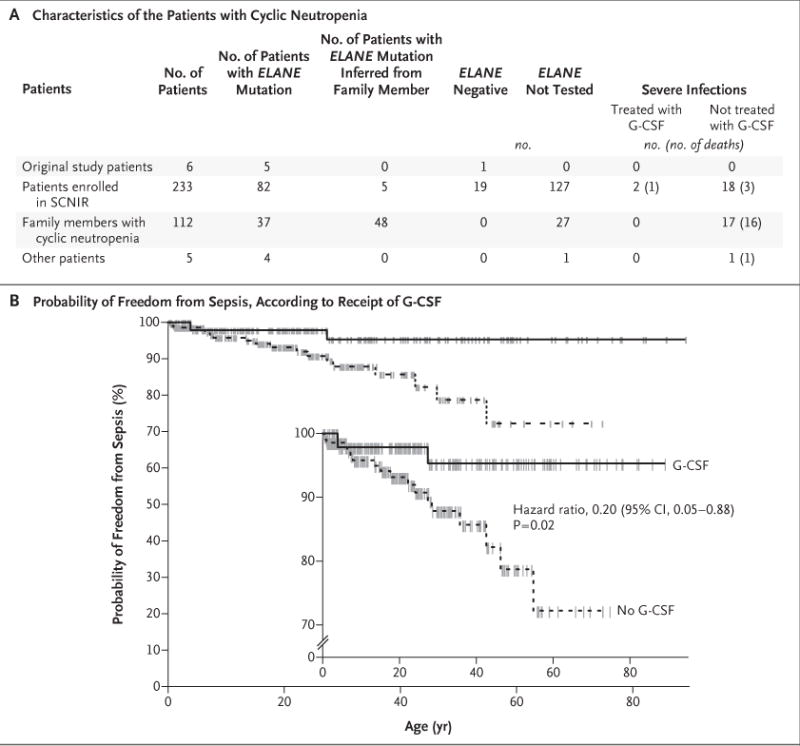Figure 1. Characteristics of the Patients and Efficacy of G-CSF in the Prevention of Sepsis.

Panel A summarizes data for 356 patients with cyclic neutropenia, including 239 patients who have been followed through the Severe Chronic Neutropenia International Registry (SCNIR). Shown are data regarding the presence or absence of mutations in the gene encoding neutrophil elastase (ELANE) and the efficacy of granulocyte colony-stimulating factor (G-CSF) in preventing severe infections. Patients’ family members who also had neutropenia were considered to have cyclic neutropenia. Panel B shows Kaplan–Meier plots comparing the probability of freedom from sepsis among the patients who received G-CSF and those who did not. The inset shows the same data on an expanded y axis. The hash marks indicate censoring of data owing to a loss of follow-up, including deaths unrelated to sepsis events. The hazard ratio for freedom from sepsis was calculated by means of a Cox proportional-hazards model with G-CSF as a time-varying covariate.
